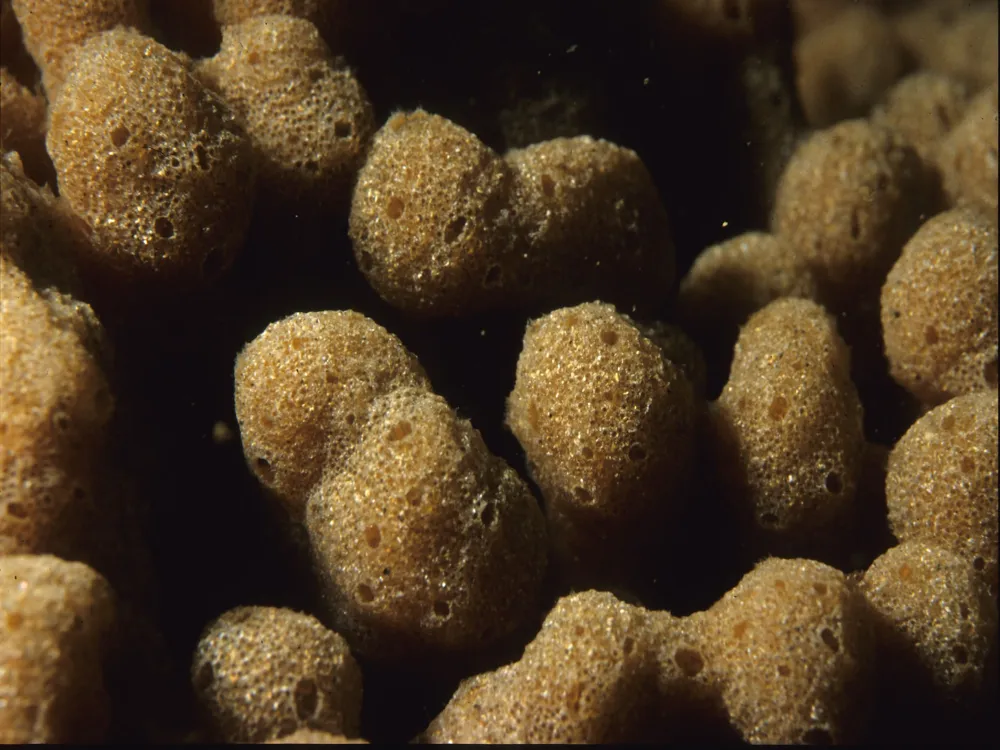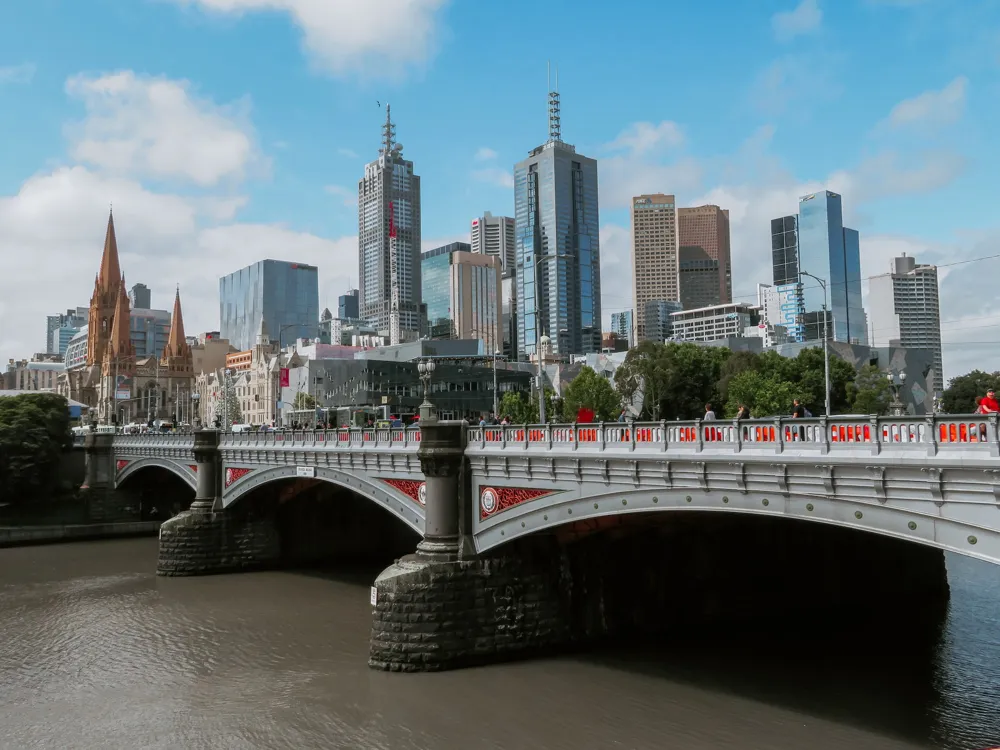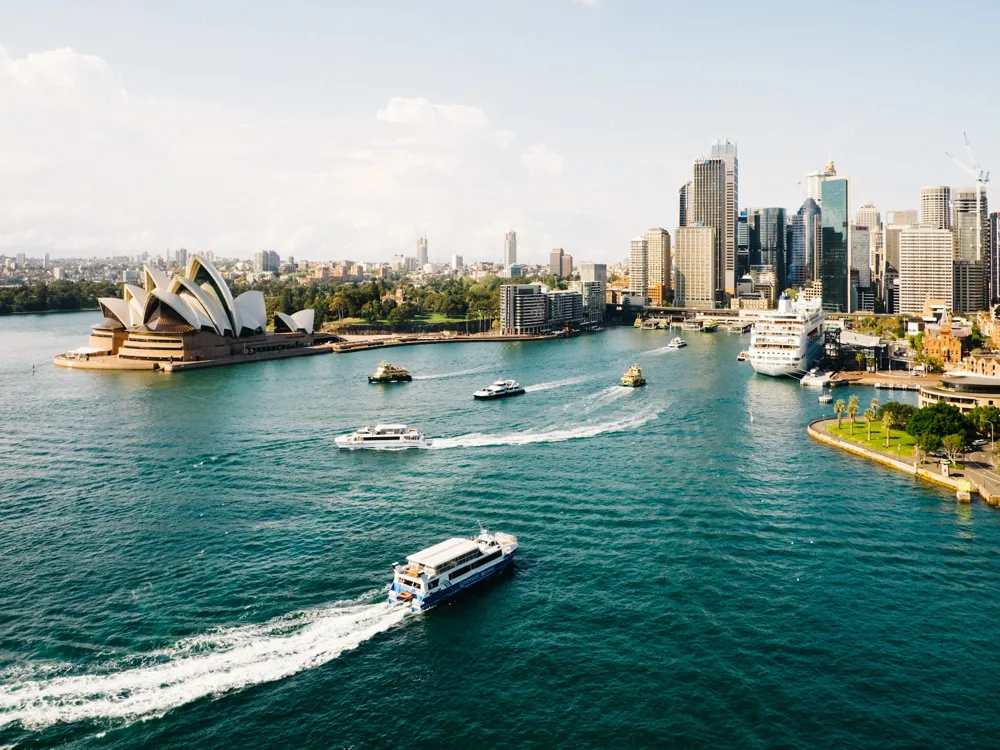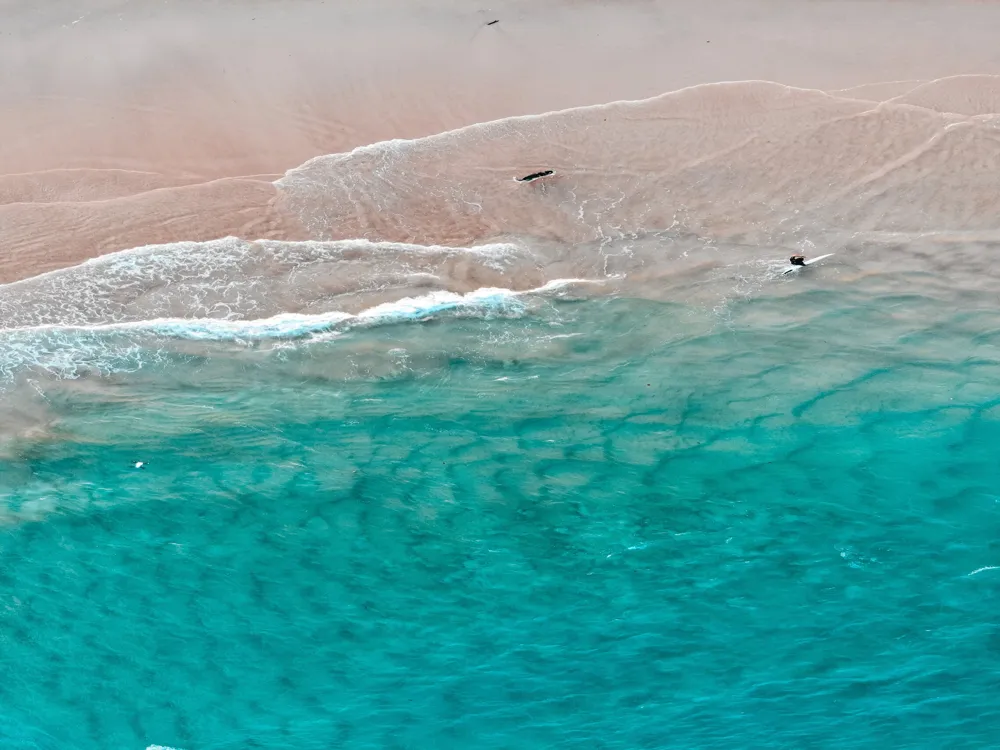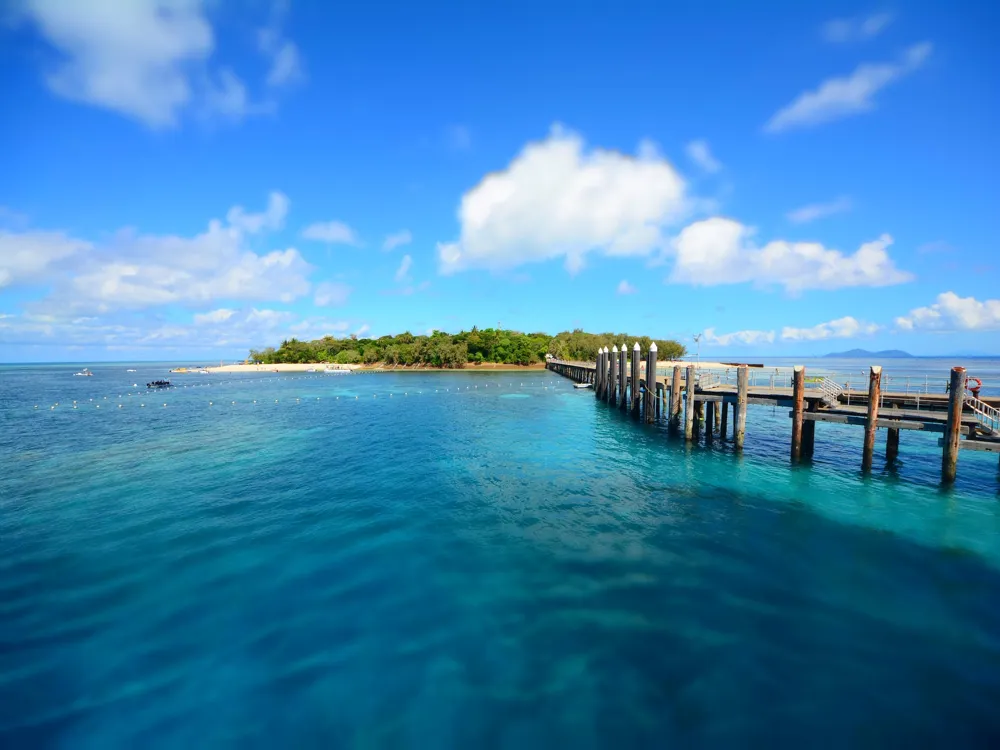Heart Reef, a stunning composition of coral naturally shaped into a heart, is located in the Great Barrier Reef. This remarkable formation is not only a visual spectacle but also a vibrant ecosystem teeming with marine life. It has become an iconic symbol of the natural beauty of the Great Barrier Reef, attracting visitors from around the world. The unique architecture of Heart Reef is a result of natural coral growth patterns and oceanic movements. Over centuries, the coral has grown into its distinctive heart shape, making it a rare and enchanting sight. The reef's structure provides a habitat for a diverse range of marine species, contributing significantly to the ecological richness of the area. 1. Choose Eco-Friendly Tours: Opt for tours that prioritize the protection and conservation of the reef. 2. Respect Marine Life: Avoid touching or disturbing the coral and marine life. 3. Snorkeling and Diving Guidelines: Follow all safety guidelines for snorkeling and diving to ensure your safety and the preservation of the reef. 4. Take Only Memories: Refrain from taking any coral or natural souvenirs from the reef. 5. Capture the Beauty: Don't forget to bring a camera to capture the stunning views of the reef, but ensure all equipment is reef-friendly. Heart Reef is most commonly accessed via seaplane or helicopter tours, offering breathtaking aerial views of the reef. These tours typically depart from nearby locations such as Hamilton Island or Airlie Beach. Boat tours are also available, providing a closer view of the reef's intricate details. Advanced booking for any of these tours is highly recommended due to the popularity of Heart Reef. Read More:Overview for Heart Reef of Great Barrier Reef
Architecture of Heart Reef
Tips When Visiting Heart Reef
Click for Tips
How To Reach Heart Reef
Heart Reef
Great Barrier Reef
₹ 61,999 onwards
View great-barrier-reef Packages
Great-barrier-reef Travel Packages
View All Packages For Great-barrier-reef
Top Hotel Collections for Great-barrier-reef

Private Pool

Luxury Hotels

5-Star Hotels

Pet Friendly
Top Hotels Near Great-barrier-reef
Other Top Ranking Places In Great-barrier-reef
View All Places To Visit In great-barrier-reef
View great-barrier-reef Packages
Great-barrier-reef Travel Packages
View All Packages For Great-barrier-reef
Top Hotel Collections for Great-barrier-reef

Private Pool

Luxury Hotels

5-Star Hotels

Pet Friendly







